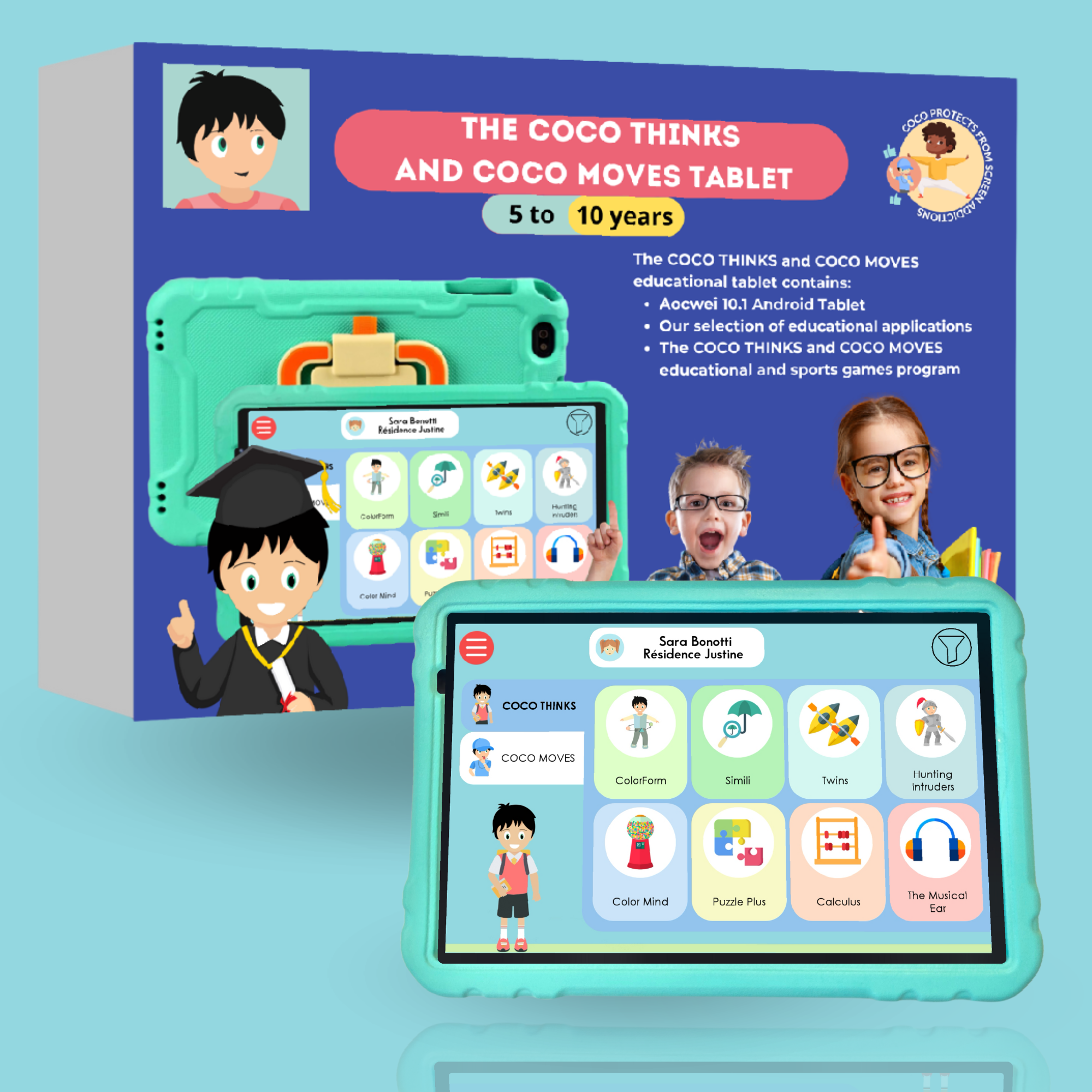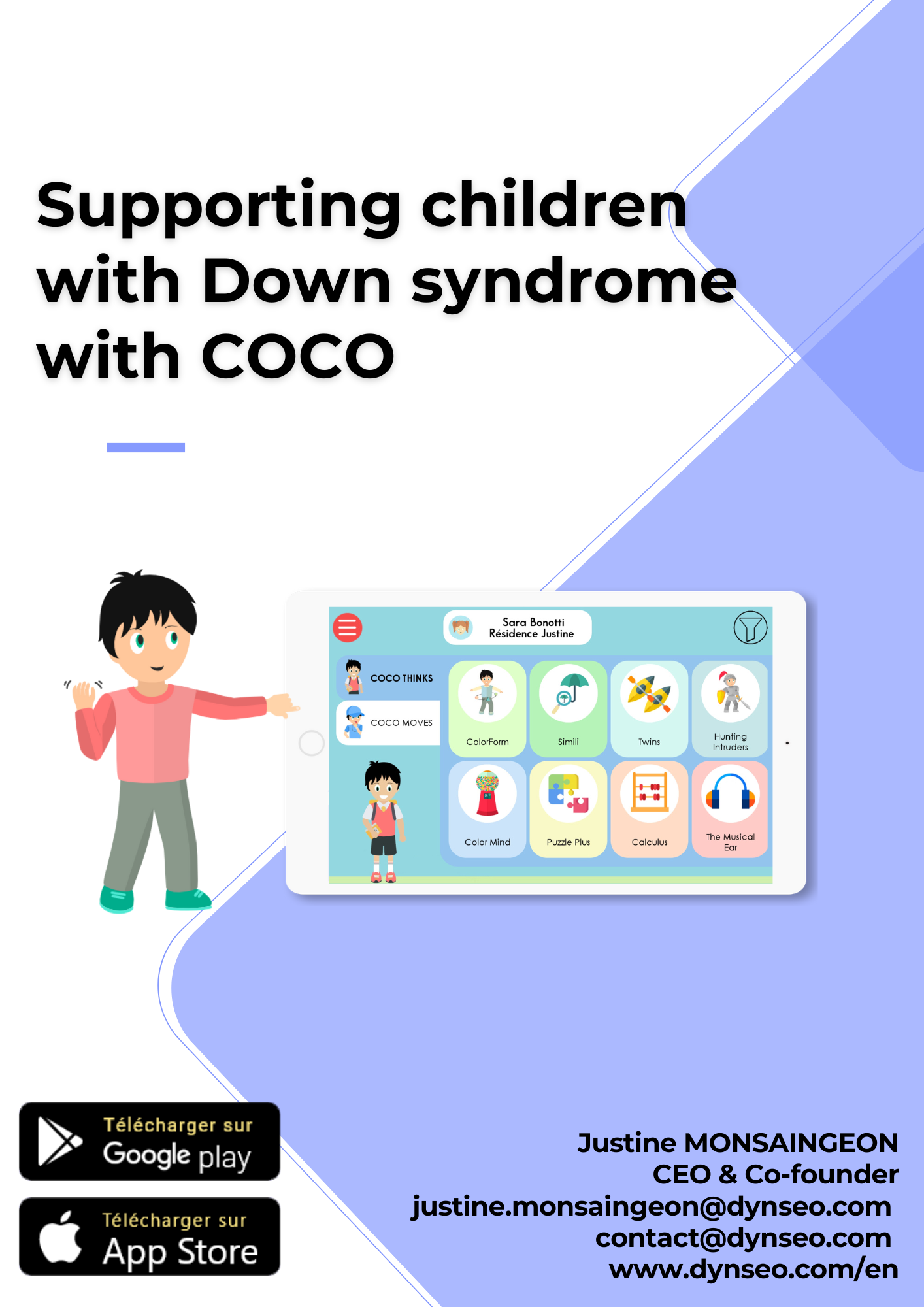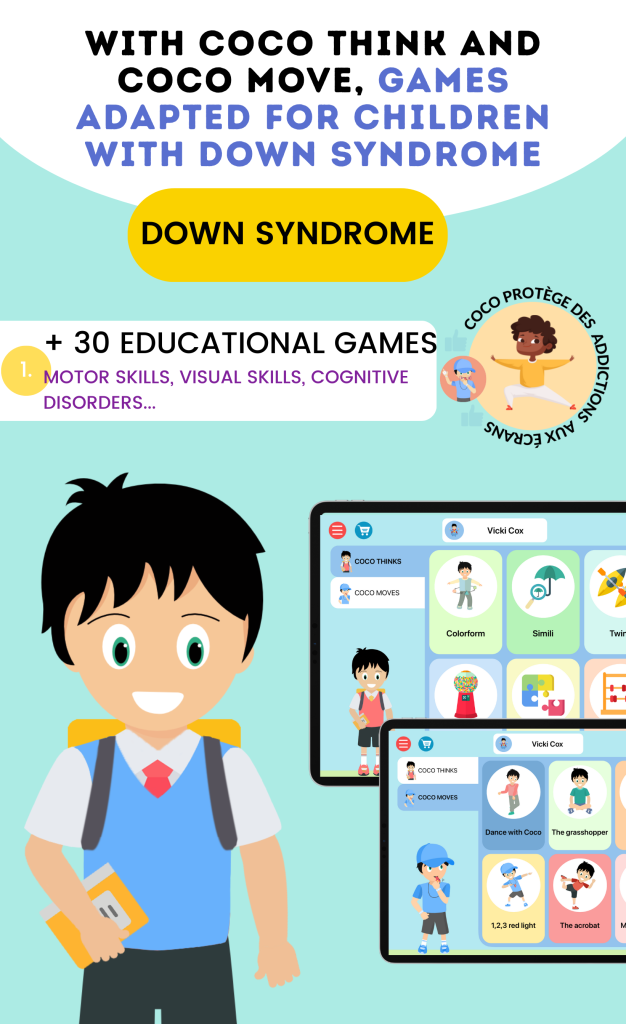As we delve into the complexities of Down syndrome, we find ourselves confronted with a myriad of challenges that individuals with this condition face daily. Down syndrome, a genetic disorder caused by the presence of an extra chromosome 21, manifests in various ways, affecting cognitive abilities, physical health, and social interactions. We recognize that each person with Down syndrome is unique, and their experiences can vary significantly.
This diversity means that while some may face significant challenges in communication and learning, others may excel in certain areas, showcasing their individual talents and capabilities. Moreover, we must acknowledge the societal perceptions and misconceptions surrounding Down syndrome. Often, individuals with this condition are underestimated or pigeonholed into stereotypes that do not reflect their true potential.
This societal bias can lead to feelings of isolation and frustration for both individuals with Down syndrome and their families. By understanding these challenges, we can better advocate for inclusive practices and support systems that empower individuals with Down syndrome to thrive in their communities.
Establishing Clear Communication Channels
To effectively support individuals with Down syndrome, we must prioritize the establishment of clear communication channels. Communication is the cornerstone of any relationship, and for individuals with Down syndrome, it can be particularly challenging. We need to create environments where open dialogue is encouraged, allowing individuals to express their thoughts and feelings without fear of judgment.
This involves not only verbal communication but also non-verbal cues, such as body language and visual aids, which can significantly enhance understanding. In our efforts to establish these channels, we should also consider the importance of active listening. By genuinely engaging with individuals with Down syndrome, we can better understand their needs and preferences.
This two-way communication fosters trust and respect, enabling us to build stronger relationships. Additionally, we can utilize technology and other resources to facilitate communication, ensuring that individuals have access to tools that can help them articulate their thoughts more effectively.
Recognizing and Leveraging Individual Strengths

Recognizing and leveraging the individual strengths of those with Down syndrome is crucial in promoting their self-esteem and overall well-being. Each person possesses unique talents and abilities that can be harnessed to foster personal growth and development. By focusing on these strengths rather than limitations, we can create opportunities for individuals to shine in their own right.
This approach not only boosts confidence but also encourages a sense of belonging within their communities. We can implement various strategies to identify these strengths, such as personalized assessments and engaging in meaningful conversations with individuals and their families. By understanding what they enjoy and excel at, we can tailor educational and recreational activities that align with their interests.
This not only enhances their skills but also provides a platform for them to showcase their talents, ultimately leading to greater fulfillment and happiness.
Creating a Supportive and Inclusive Environment
Creating a supportive and inclusive environment is essential for individuals with Down syndrome to thrive. We must strive to cultivate spaces where everyone feels valued and accepted, regardless of their abilities. This involves fostering a culture of empathy and understanding among peers, educators, and community members.
By promoting awareness about Down syndrome and its challenges, we can break down barriers and combat stigma. In addition to raising awareness, we should also implement practical measures to ensure inclusivity. This may include adapting physical spaces to accommodate individuals with different needs or providing resources that cater to diverse learning styles.
By actively working towards inclusivity, we not only enhance the quality of life for individuals with Down syndrome but also enrich our communities as a whole by embracing diversity.
Implementing a Person-Centered Approach
A person-centered approach is fundamental in supporting individuals with Down syndrome effectively. This methodology emphasizes the importance of tailoring support services to meet the unique needs and preferences of each individual. We must prioritize their voices in decision-making processes, ensuring they have a say in matters that affect their lives.
By doing so, we empower them to take ownership of their journey and advocate for themselves. Implementing this approach requires collaboration among various stakeholders, including families, educators, healthcare providers, and community organizations. Together, we can create personalized plans that address the specific goals and aspirations of individuals with Down syndrome.
This holistic perspective not only enhances their quality of life but also fosters a sense of agency and independence.
Fostering Collaboration and Teamwork

Fostering collaboration and teamwork is vital in creating a comprehensive support system for individuals with Down syndrome. We must recognize that no single entity can address all the needs of these individuals; it requires a collective effort from families, educators, healthcare professionals, and community members. By working together, we can share resources, knowledge, and expertise to provide well-rounded support.
In our collaborative efforts, we should prioritize open communication and mutual respect among all parties involved. Regular meetings and discussions can help us stay aligned on goals and strategies while allowing us to address any challenges that may arise. By fostering a spirit of teamwork, we create an environment where everyone feels invested in the success of individuals with Down syndrome.
Providing Ongoing Training and Education
To ensure that we are equipped to support individuals with Down syndrome effectively, ongoing training and education are essential. We must stay informed about the latest research, best practices, and resources available for supporting individuals with this condition. This commitment to continuous learning enables us to adapt our approaches as needed and provide the best possible care.
Training should not be limited to professionals; it should also extend to families and community members. By offering workshops and informational sessions, we can empower everyone involved in the lives of individuals with Down syndrome to understand their unique needs better. This shared knowledge fosters a more supportive environment where everyone is equipped to contribute positively to the well-being of those with Down syndrome.
Advocating for the Rights and Well-being of Individuals with Down Syndrome
Advocating for the rights and well-being of individuals with Down syndrome is a responsibility we all share. We must work tirelessly to ensure that they have access to the same opportunities as everyone else, including education, employment, healthcare, and social inclusion. By raising our voices against discrimination and advocating for policy changes at local, national, and global levels, we can help create a more equitable society.
Our advocacy efforts should also focus on raising awareness about the capabilities of individuals with Down syndrome. By highlighting their achievements and contributions to society, we can challenge stereotypes and promote a more positive narrative surrounding this condition. Together, we can foster an environment where individuals with Down syndrome are celebrated for their unique gifts rather than defined by their challenges.
In conclusion, as we navigate the complexities surrounding Down syndrome, it is imperative that we adopt a holistic approach that encompasses understanding challenges, establishing communication channels, recognizing strengths, creating inclusive environments, implementing person-centered strategies, fostering collaboration, providing ongoing education, and advocating for rights. By working together towards these goals, we can empower individuals with Down syndrome to lead fulfilling lives while enriching our communities through diversity and inclusion.





